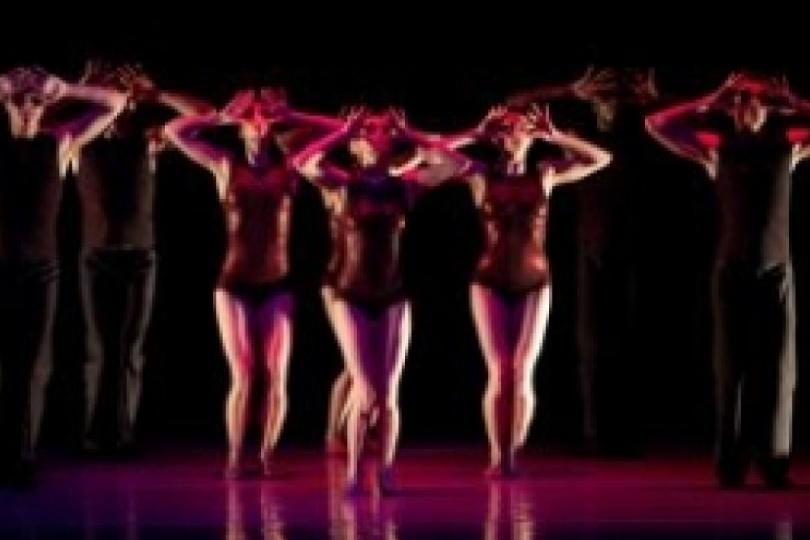An experiment in criticism
Editorial

Minnesota Playlist does not publish previews or reviews. Still, when I proposed a series of perspectives (or reviews, if you will) on Aspen Santa Fe Ballet’s first Minnesota performance, written not by dance critics but rather by an architect, a playwright and a theater critic—with an audience-response audio segment created by one of my arts journalism students thrown in for fun—the package was a go.
As the contributors convened before, during and after the performance last Tuesday (March 8), which was part of the Northrop Dance Season but occurred at the State Theater in Minneapolis, everyone’s intrigue, excitement and even nervousness was palpable. My advice to those I talked into embarking on this adventure? Just have fun!
So today begins this experiment in critical perspectives, with contemporary ballet as our subject. No doubt many of you are wondering: Why? For several reasons, one of them being: Why not?
Dance and theater are often not-so-strange bedfellows. Movement and spatial configuration are integral components of staging, whether the art form occurring on stage is theater or dance, and choreography of various kinds is often incorporated into theatrical performances. Ballet as a genre found its footing in the French courts of the 17th century—under Louis XIV—as it broke away from opera and theatrical spectacle, and many ballets (the Romantic story ballets certainly) incorporate dramatic elements from sets and scenery to the singular telling gesture.
The body moving in space is also an integral component of good, useful architecture. I’ve written a lot about the correlations between architecture and dance, from the work of site-specific choreographers who originate movement specific to the historic structures in which the performance takes place, to architects (including Jean Nouvel, Zaha Hadid, Santiago Calatrava) who’ve created stage designs for dance performances (and sometimes theater, as well).
With that in mind, I was thrilled with Aspen Santa Fe Ballet’s opening piece, “Uneven,” because of its rigorous, intricate structure. The first U.S. work by Spanish choreographer Cayetano Soto, set to music by David Lang, with cellist Kimberly Patterson performing live on stage, “Uneven” is a study in rapid geometry with an almost feral quality. The piece is an architecture of lines and angles by which the dancers fold and unfold their limbs and torsos across, around and against each other with extreme flexibility and articulation, as if origami-like prototypes of post-human athletes. What will architect Phillip Koski write about this bold, sexy piece, performed with absolute certainty?
Or what will playwright Tom Poole make of “In Hidden Seconds,” choreographed by Nicolo Fonte, with its soft melancholic feel, and circular momentum? Or the work’s slated black-fabric curtain, through which the dancers emerge and retreat to John Tavener’s lush string score?
“Red Sweet,” the young, fresh company’s signature work choreographed by Jorma Elo to music by Vivaldi and Heinrich Biber, is a luscious, intriguing piece full of playful gestural detail and smart inventive partnering. At times grounded and fluttery, at other moments buoyant with fleet footwork and breathtaking lifts, “Red Sweet” is a “theatrical” work in its use of mime, action/reaction, and other communicative movements that remain humorously quirky, never gimmicky.
Theater critic Ed Huyck may have other ideas about “Red Sweet” and the overall program, which I’m eager to read. And my student Cristeta Boarini has compiled her interviews with audience members--including a schoolgirl, a high-school senior and two long-time dance patrons—into an audio document that takes the “man on the street” perspective to a new level.
Those are my thoughts and impressions, anyway, as a dance critic. Please check back over the next few days to read or listen to the insights and perspectives the contributors submit for this prismatic experiment in criticism. And many thanks to Northrop for their collaboration!




